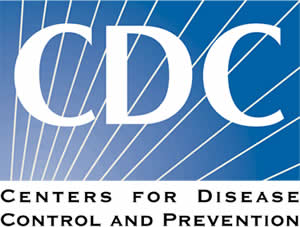RSS feed source: Centers for Disease Control and Prevention--Office of Public Health Preparedness and Response
WASHINGTON — President Trump and Department of Homeland Security Secretary Kristi Noem continue delivering on their promise to provide disaster relief to Americans throughout the Southeast as they recover from Hurricanes Helene and Milton that caused billions in damages last year.
Since Jan. 20, the Trump administration has prioritized locally-led recovery, providing more than $3.6 billion in funding to speed up debris removal and fund critical infrastructure projects across the Southeast. In total, more than 107 million cubic yards of debris has been cleared.
Southeastern states and local governments continue to lead recovery with FEMA and other federal agency support. To date, FEMA has provided more than $14.3 billion in flood insurance payments and grants to survivors, communities, states and tribes.
“Communities affected by these storms are rebuilding stronger as they drive their recovery,” said Secretary Noem. “We’re committed to cutting the red tape and getting recovery dollars moving faster than ever before.”
Helping Families Recover
FEMA provided more than $2.9 billion in grants to survivors, and paid $7.86 billion in flood insurance claims, while the U.S. Small Business Administration provided more than $1.5 billion in low-interest disaster loans to home and business owners.
FEMA is providing disaster housing in four states for 1,026 families, and 299 have already found a permanent housing solution.
North Carolina
In Western North Carolina, where both President Trump and Secretary Noem visited to observe recovery efforts, the administration
Click this link to continue reading the article on the source website.



